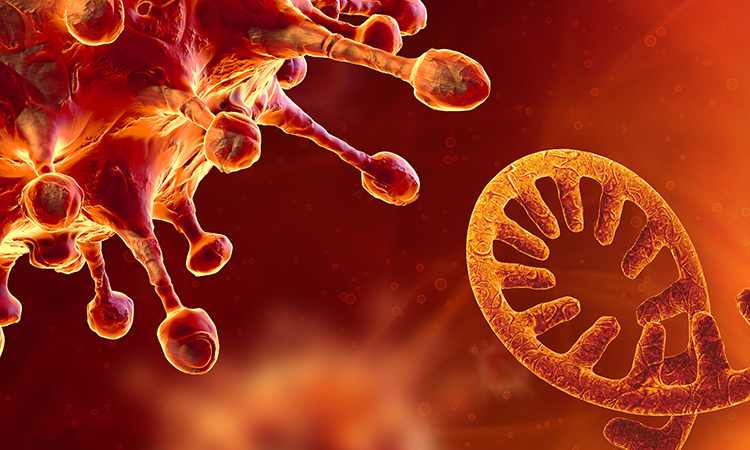SARS-CoV-2 RNA analysis reveals potential treatment targets
Posted: 26 May 2021 | Victoria Rees (Drug Target Review) | No comments yet
Researchers have explored the interaction between SARS-CoV-2 RNA and the host cell, uncovering possible targets to prevent viral replication.


An international team led by researchers at the University of Oxford and University of Glasgow, both UK, as well as the University of Heidelberg, Germany, has uncovered the interactions that SARS-CoV-2 RNA establishes with the host cell, many of which are fundamental for infection. These discoveries pave the way for the development of new therapeutic strategies for COVID-19 with broad-range antiviral potential.
Despite the complexity of RNA transcriptional processes, SARS-CoV-2 only encodes a handful of proteins able to engage with viral RNA. To circumvent this limitation, SARS-CoV-2 hijacks cellular proteins and repurposes it for its own benefit. However, the identity of these proteins has remained unknown until now.
The researchers developed a new approach to discover the proteins that ‘stick’ to SARS-CoV-2 RNA in infected cells. With this method, the team discovered that SARS-CoV-2 RNA hijacks more than a hundred cellular proteins, which appear to play critical roles in the viral life cycle.
The scientists revealed many potential therapeutic targets with hundreds of available drugs targeting them, including several components of the tRNA ligase complex. In a proof-of-principle experiment, they selected four drugs targeting four different cellular proteins. These drugs caused from moderate to strong effects in viral replication.
“These exciting results are only the beginning,” said Alfredo Castello, one of the researchers that led the work. “With hundreds of compounds that target these critical cellular proteins, it will be possible to identify novel antivirals. Our efforts, together with those of the scientific community, should focus now on testing these drugs in infected cells and animal models to uncover which ones are the best antivirals… In this stage of the pandemic in which vaccines have proved their value. It becomes fundamental to develop new therapeutic approaches to counteract emergent vaccine-resistant variants or novel pathogenic viruses with pandemic potential.”
The study is published in Molecular Cell.
Related topics
Disease Research, Drug Repurposing, Molecular Targets, RNAs, Target Validation
Related conditions
Covid-19
Related organisations
Oxford University, University of Glasgow, University of Heidelberg
Related people
Alfredo Castello








